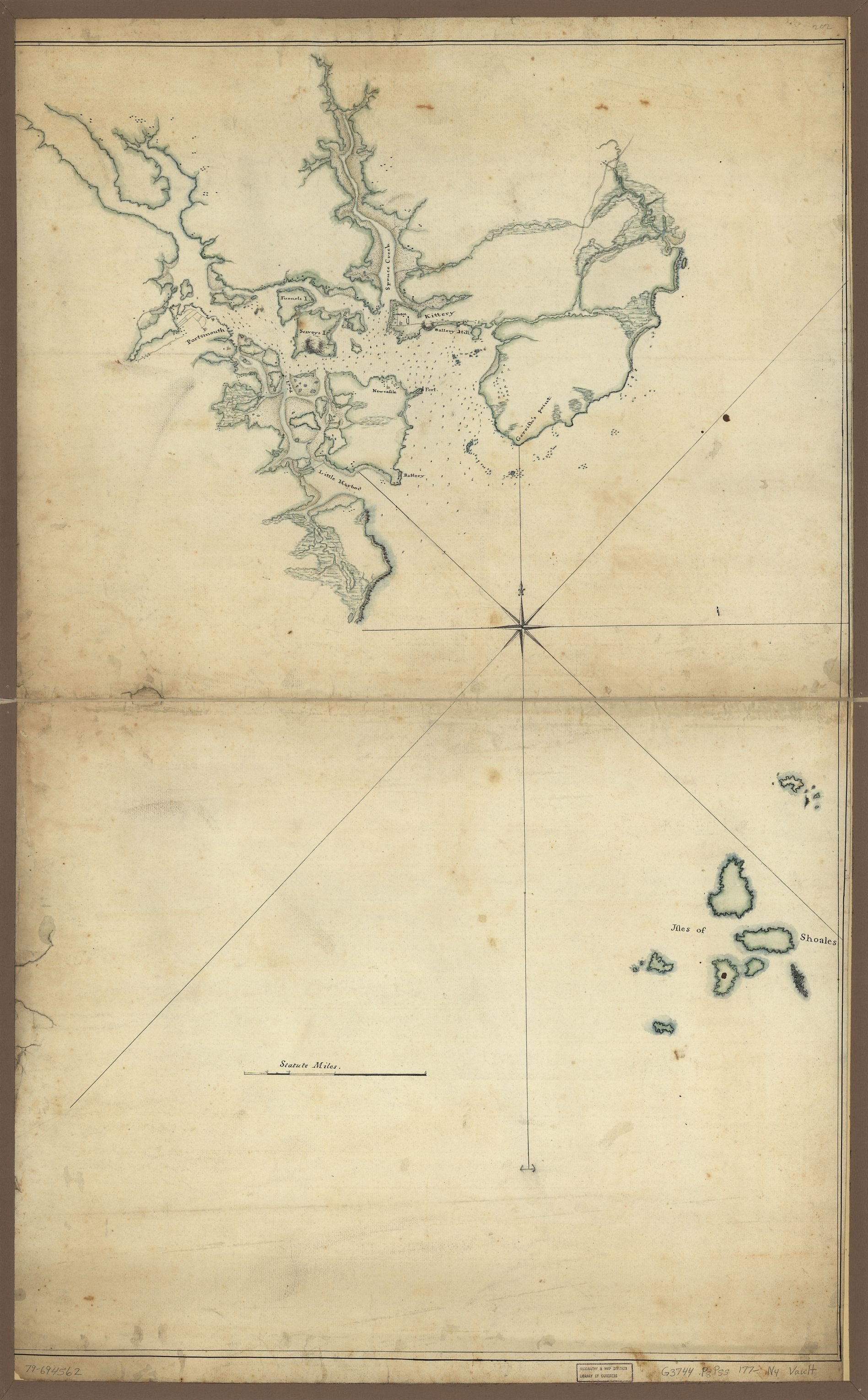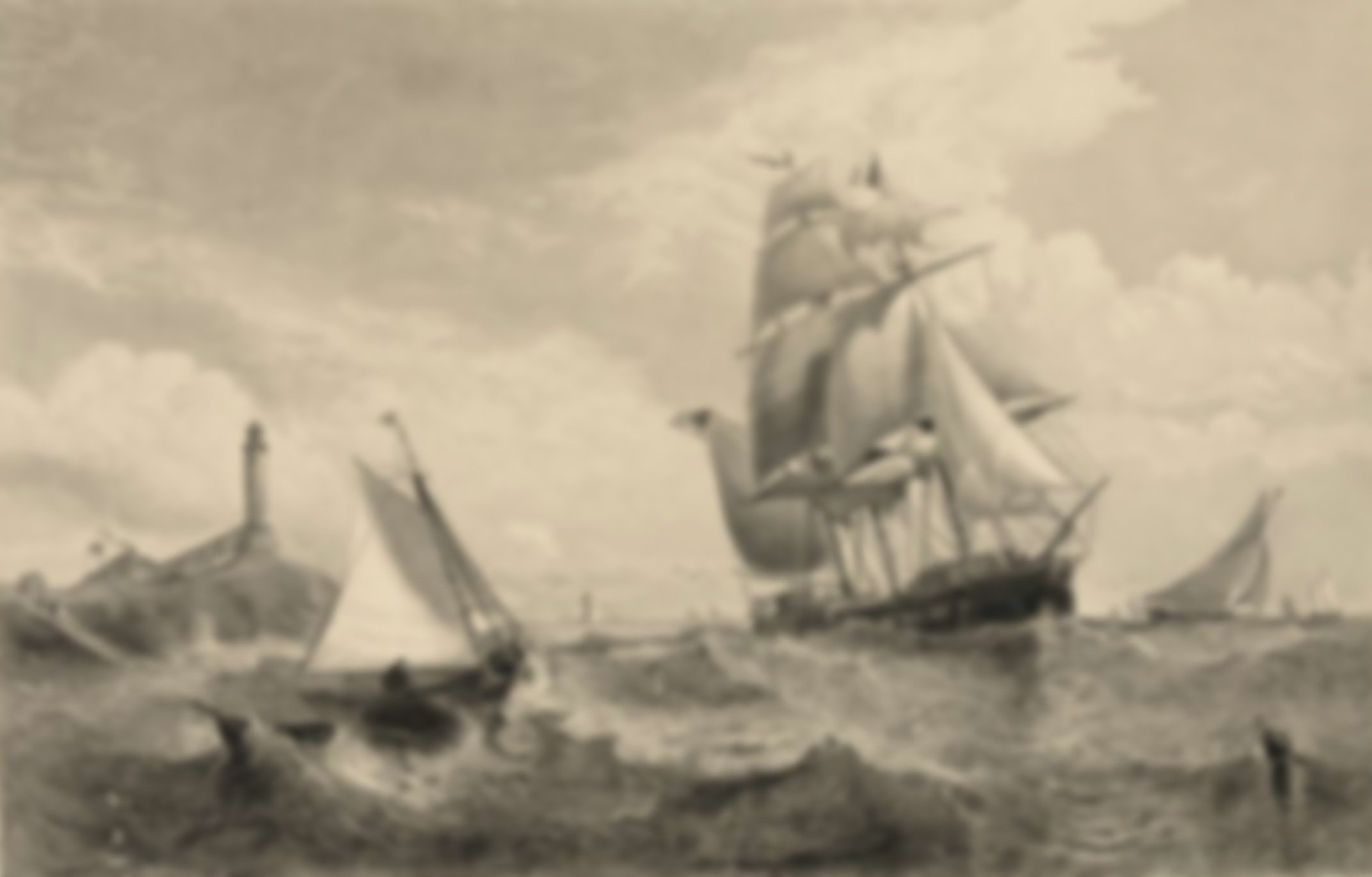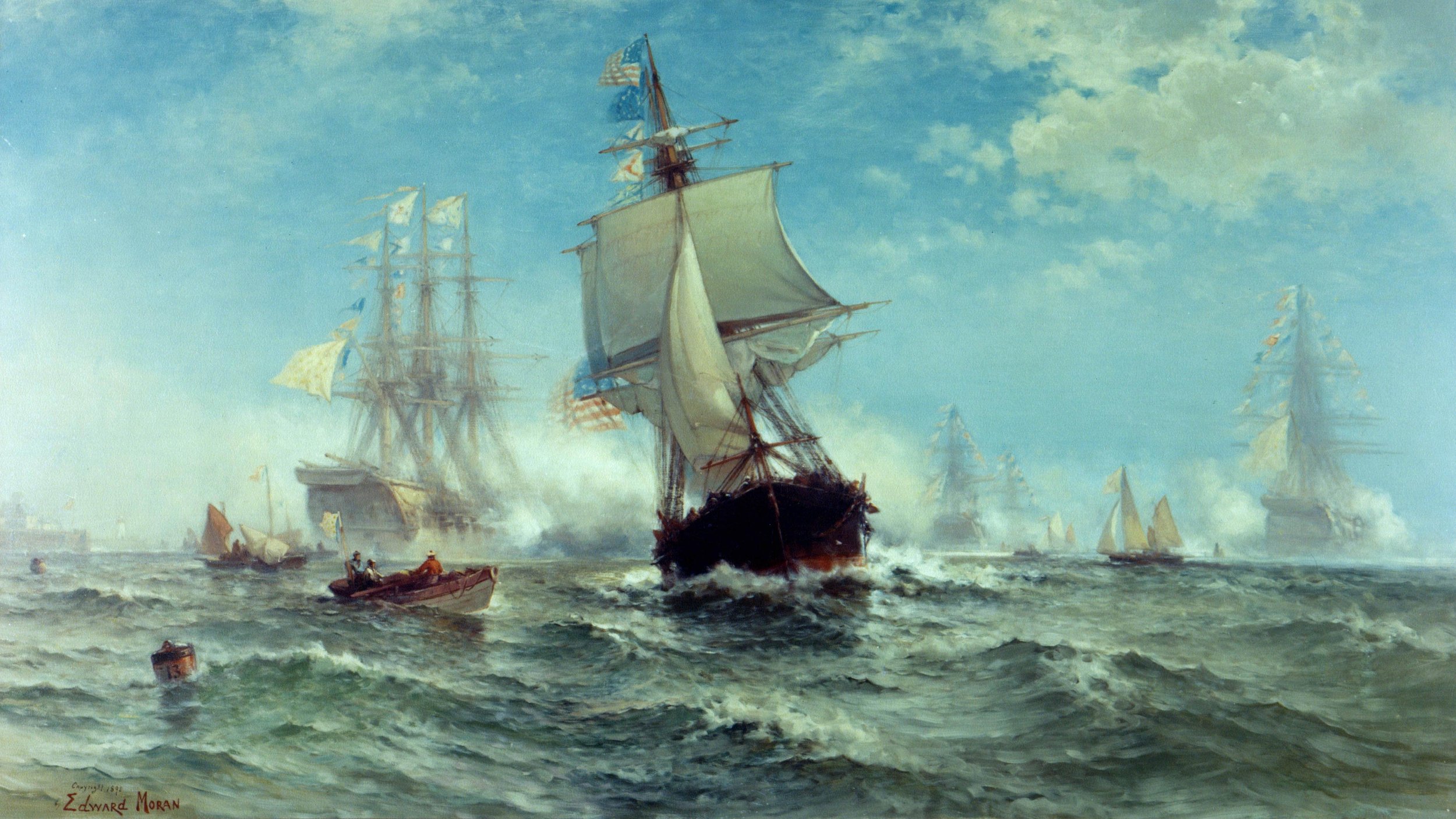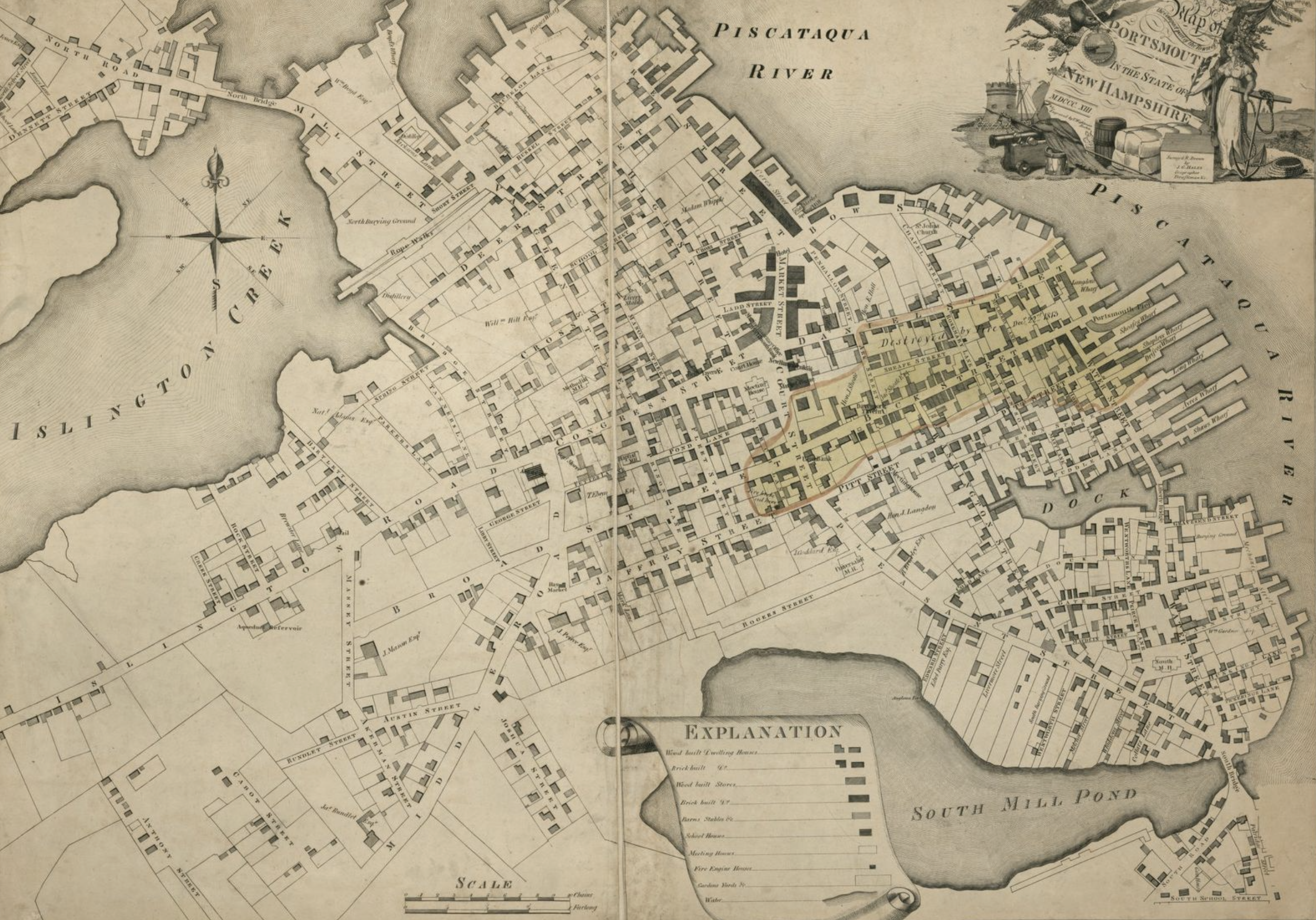
400 YEARS OF PORTSMOUTH HISTORY, AND THEN SOME
Portsmouth was defined from the very beginning by the Piscataqua River…
…and has seemed to rise and fall with her tides for the past 400 years. For thousands of years before settlement by English colonists, the Wabanaki Nations fished, hunted, planted corn, picked strawberries and made seasonal settlements cooled by ocean breezes, before heading upland and inland each winter for hunting game and protection from the coastal nor’easters.
In the 1600s, the maritime center was on Great Island, now New Castle, until the riverfront mainland known as Strawbery Banke was developed in the 1680s. But the ice-free, deep-water anchorage at the crook of this fast-running tidal thoroughfare was the reason a settlement was established and after 1690 the four major landholders began to subdivide their farms and the riverfront became a provincial urban town. The port was the center of Royal government under the influence of wealthy merchants and by colonial times, Portsmouth was New Hampshire’s colonial capital and the main center of settlement, trade and government.
“View of Portsmouth, New Hampshire from across the Piscataqua River, by Joseph F.W. Des Barres, 1777.
Many people cling to the theory that this nation grew out of a religious pilgrimage to Massachusetts; however, New Hampshire historians know better. From the start, exploring and colonizing New Hampshire was a business deal. The nation’s earliest British land speculators hoped to reap huge profits from New England. When no new trade route to China or precious metals turned up here investors settled for what the area had to offer – rich fishing grounds, endless acres of timber and furs traded with the Indigenous population. In the early 1600s, this evolving fishing community was collectively called Strawbery Banke. Great Island in the center was the colonial capital. Strawbery Banke became the town of Portsmouth.
"First Recognition of the American Flag by a Foreign Government", 14 February 1778. Painting in oils by Edward Moran, 1898.
During the American Revolution, the men of Portsmouth sailed with John Paul Jones, liberated gunpowder from Fort William and Mary at nearby New Castle and fought at the Battle of Bunker Hill just as they had followed Rogers’ Rangers into the wilderness of the French and Indian Wars. When New Hampshire voted to ratify the new US Constitution in 1788 -- making the nation a reality by being the ninth and majority-confirming state to do so -- Portsmouth celebrated with a huge parade. Some 78 trades were represented. Portsmouth was the 12th largest city in the nation by that time.
Following the War of Independence and Portsmouth’s prominence as the builder of ships like John Paul Jones’ Ranger, the city grew as trade with Europe and the West Indies revived. From 1800 on, “Portsmouth-built” meant the Portsmouth Navy Yard, just across the river, home for a time to the USS Constitution, builder of submarines – and both a Navy town and a commercial harbor. As a result, the Port City has seen slaves and freedmen, Italian laborers and émigrés from the Russian pogroms.
Ravaging fires in 1802, 1806 and 1813 led to restrictions on building materials.
Combined with the impact of the War of 1812 and Jefferson’s embargo against imports from Portsmouth’s prime traders, Portsmouth’s economic tide was again on the way out.
Then between 1840 and 1860 Portsmouth revived as the builder of sleek clipper ships that served the China Trade and manufacturing slowly developed as well. By the Civil War, the brewing of ale – specifically Frank Jones Brewery -- began to overtake the city’s textile mill as its most successful enterprise. Growing commerce and a middle class of retailers, businessmen and professionals helped Portsmouth expand in the late 1800s. Between 1870 and 1920, the population grew to more than 13,000 – a 50 percent increase -- thanks to European immigration and another revival of shipbuilding thanks to World War I.
Map of “the compact part of the town of Portsmouth in the state of New Hampshire,1813

“Off Portsmouth”, 1878
When the Portsmouth Naval Prison housed captives from the Spanish American War, the officers were entertained at the posh Wentworth Hotel, a popular seaside resort owned -- as was much of everything in Portsmouth by then, by beer baron Frank Jones. That standard of hospitality and inclusiveness led to another significant moment in Portsmouth history. President Theodore Roosevelt chose Portsmouth for the conference that concluded with the Portsmouth Peace Treaty, confident that the cosmopolitan good manners of this small New Hampshire town -- and the good offices of the Portsmouth Navy Yard -- would provide a welcoming environment for peace. As the Boston Herald observed, “Portsmouth and peace are like peas in a pod.” Ultimately, the happy choice of Portsmouth helped earn President Theodore Roosevelt the Nobel Peace Prize.
A Talley-Ho coach in front of the Wentworth Hotel, 1905
Portsmouth’s Market Square has remained a bustling center of community and commerce for well over 200 years. 1907 photo.
In the Twenties, after the First World War, prohibition killed the breweries and the Depression hit the city hard. Then World War II and subsequent Cold War work building submarines at the Portsmouth Naval Shipyard turned Portsmouth into a Navy town – supplemented by its role as a Strategic Air Command installation at nearby Pease Air Force Base.
The modern era – and our urgent focus on preserving our history before it was lost – was ushered in by another low tide in the Fifties, called Urban Renewal. Today Portsmouth is known as a vibrant city where historical authenticity meets the arts, one of the places the National Trust for Historic Preservation identifies as a Distinctive Destination.
On a visit to Portsmouth, you’ll frequently see and hear the names Wentworth, Langdon and Whipple – a signer of the Declaration of Independence – as well as more familiar ones like Jones, Paul Revere and Theodore Roosevelt. You will see and hear the diverse voices of women, free and enslaved black men and immigrants from around the world who arrived, stayed, lived and worked in this thriving, and influential, port city.
The people of Portsmouth have always made a difference. And we’re always eager to tell the stories.





